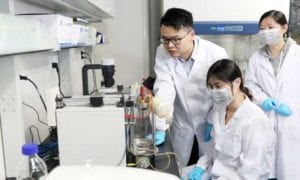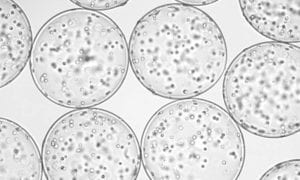Green Tea and Cell Therapies; Green tea used as control trigger for activating cell therapies remotely
A team of scientists with East China Normal University & First Affiliated Hospital of Shenzhen University has now found that it is possible to use green tea as a control mechanism for activating cell therapies remotely. In their study paper published in the journal Science Translational Medicine, the research team describes testing the use of green tea as a control mechanism and how well it worked.

And as part of efforts to develop new treatments, medical researchers have been looking into cell-based therapies, means for delivering a given therapy to a targeted cell or tissues, must be available. One such technique under research is the use of the remote-control systems in which a drug triggers the release of the therapeutic agent when it actually reaches its destination in the body. In this new effort by the team, the scientists looked into the possibility of using protocatechuic acid (PCA), which is a metabolite produced by the body when green tea is consumed, as a trigger for certain types of cell therapies.
Researchers started by engineering human embryonic
kidney cells to activate in the presence of Protocatechuic acid. The team found that PCA could actually be used as a switch to turn such cell activity on and off. Scientists introduced the engineered cells into mice & fed them green tea.
The team report that doing so worked just as planned—when the mice drank the tea, the desired cells were activated. The team then studied whether green tea could also be used to improve targeting with CRISPR gene editing. Researchers found that it could by creating trigger-inducible expressions systems. Next, the scientists studied the use of green tea as a means for remotely controlling the cells implanted into diabetes patients in an attempt to restore the pancreatic function. Once again, the team found that it was, indeed, possible in mouse models—and also in diabetic monkeys.
The scientists note that using green tea as a control mechanism didn’t lead to any noticeable side effects such as an inflammatory response or increases in WBC counts. The team suggests their approach demonstrates that green tea can be used as a remote-control mechanism for use with a variety of cell therapies.






























